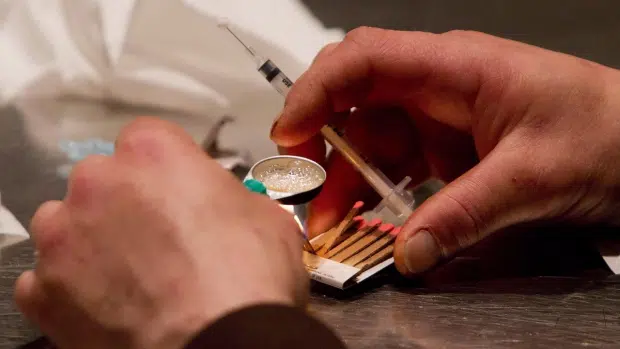
Legalize heroin and save lives
KAMLOOPS — Legal opiates are being used to adulterate illegal ones with tragic consequences. More than 800 British Columbians were killed in fentanyl-related overdoses last year. Many of them were ordinary Canadians you might find living next door. My nephew died for the same reason a few years ago.
They injected what they thought was heroin, or some other illegal drug. If they had injected legal heroin, of known purity and strength, they would still be alive. I’m not naive; they would still be addicted but their quest for bliss would not have ended in death.
It’s a question of harm prevention. Legalization of heroin may seem like a radical idea but not long ago so did giving drug addicts clean needles and a safe place to inject.
Like the prohibition of alcohol, the prohibition of drugs has been a dismal failure. Prohibition simply pushes the drug trade underground. When a trade is unregulated, who knows what junk users will end up taking? Drug manufacturers don’t intend to kill users: it’s bad for business to kill your customers. They just want to maximize profits.


